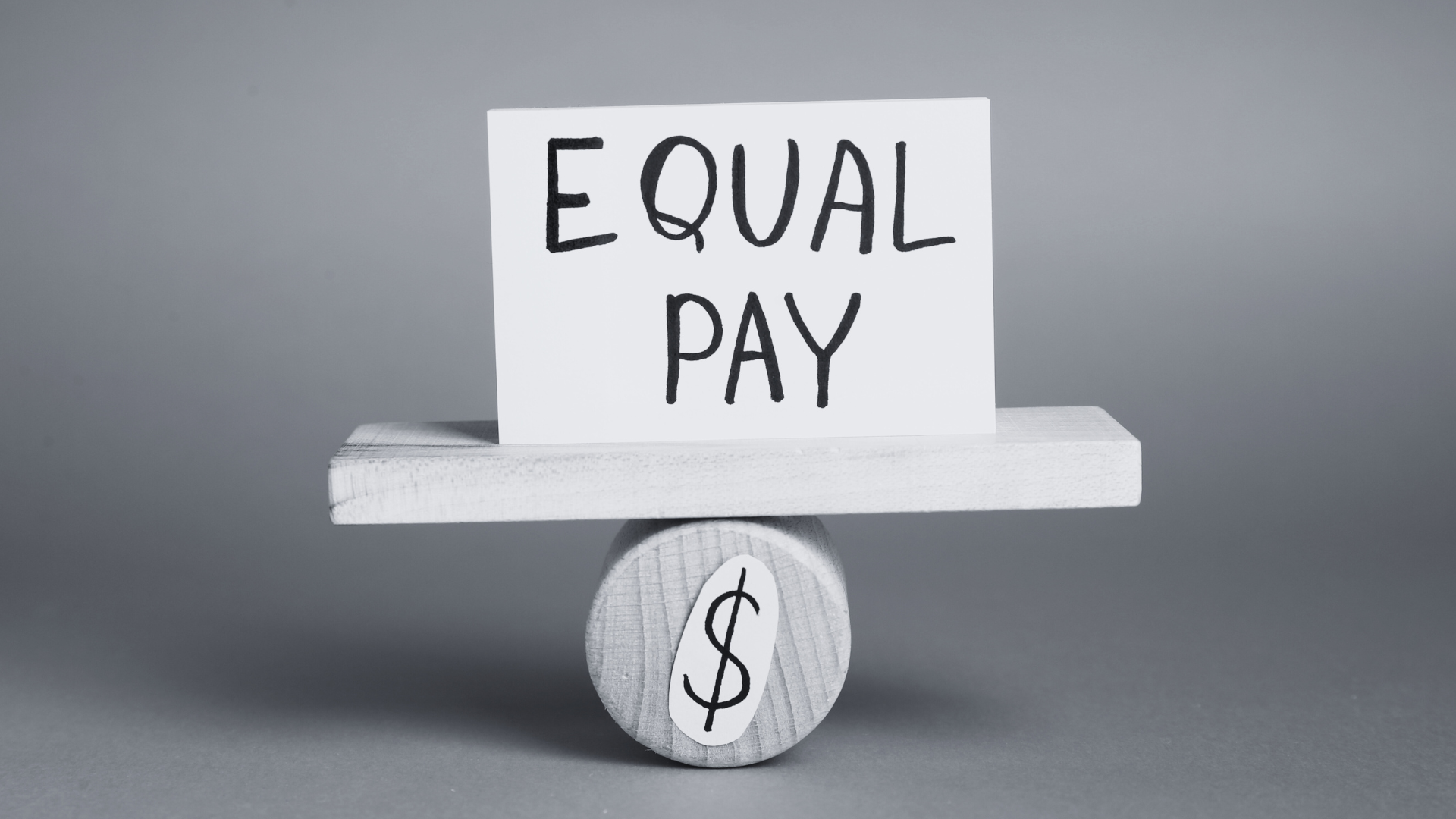
Gender equality should be obtained by 2030, according to the United Sustainable Development Goals. This includes equal pay for equal work. And that is what Equal Pay Day is all about, because women in the 21st century are still not paid equally to their male counterparts.
(Un)Equal Pay Day?
Equal Pay day, the symbolic day till when women would have to work to make up their pay gap from the previous year compared to their male counterparts, does not have a fixed date, as the gender pay gap is also not a fixed percentage. In fact, the date of Equal Pay Day is determined based on the average difference in gross wages between men and women in a year. In 2023, the pay gap was 22%, which meant women had to work until March 23, or 79 days longer than their male counterparts, to have earned the same gross annual wage as men. The organisation ZIJKant also refers to Unequal Pay Day as the counterpart of Equal Pay Day. Since women earn 22% less in Belgium than men, they also work the last 22% of the year for free. 16 October is thus labelled (for now) as Unequal Pay Day.
Currently, the pay gap seems to be moving up by only 3 percentage points every 6 years. This means that the (un)equal pay day will have to exist for another 44 years before the gap, in Belgium, disappears.
Equal Pay Day does not exist only in Belgium and therefore there might be some confusion. The European Equal Pay day uses the definition that ZIJKant refers to as Unequal Pay Day. The day of the year on which women are symbolically not paid anymore for their work compared to men falls on 15 November (in 2023), according to European gross annual earnings.
Causes of the gender pay gap
The European Commission lists four main reasons for the gender pay gap. First, there is sectoral segregation. Women are more likely to work in relatively low-paid sectors, such as healthcare, education, service, administrative and supporting jobs. Men, on the other had, are more frequently represented in hard and well-paid sectors, such as manufacturing or construction.
A second possible explanation is the unequal distribution between paid and unpaid work. Women work more unpaid hours than their male partners do, spending time on household choires, childcare, maintenance etc. Women also tend to work part-time because of this, 42% of women work part-time compared to 12% of men.
A third cause for the gender pay gap is the so-called glass ceiling. The position in a company’s hierarchy affects how much a person will earn. However, women are less likely to climb to the higher positions in a company; they continue to dangle under the glass ceiling. Less than 1 in 10 CEOs of top companies are found to be women. And even if women can break through the glass ceiling, the problem of the gender pay gap has not been solved. On the contrary, the job of manager was among the professions with the biggest difference in hourly wages: male managers earn 23% more than female ones.
The last listed cause is wage discrimination that also occurs within certain sectors. In this case, women earn less than men when doing the same job. She is paid less purely because she is a woman. This is prohibited by Gender Act, but still occurs in practice.
Kiara de Prest


